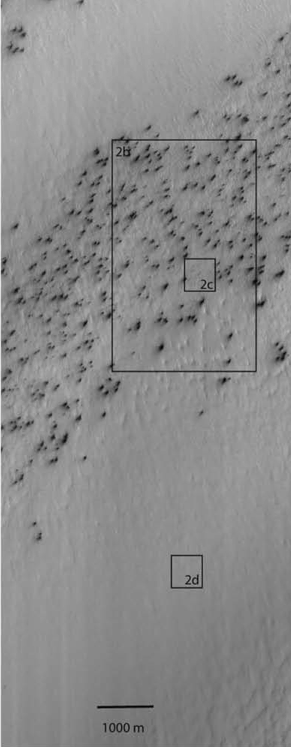The Everyday Spacer blog hosts the latest Carnival of Space.
Carnival of Space #337 – Everyday Spacer
The Everyday Spacer blog hosts the latest Carnival of Space.
The Everyday Spacer blog hosts the latest Carnival of Space.
I’ve posted occasionally (e.g. see here and here) about the tepid solar activity in what should be a period of awesomely explosive outbursts from our home star. The realization is starting to sink in that this will truly be a very minimal maximum in the solar cycle : Is our Sun falling silent? – BBC (incl. video)
“I’ve been a solar physicist for 30 years, and I’ve never seen anything quite like this,” says Richard Harrison, head of space physics at the Rutherford Appleton Laboratory in Oxfordshire.
He shows me recent footage captured by spacecraft that have their sights trained on our star. The Sun is revealed in exquisite detail, but its face is strangely featureless.
“If you want to go back to see when the Sun was this inactive… you’ve got to go back about 100 years,” he says.
And
While the full consequences of a quietening Sun are not fully understood, one thing scientists are certain about is that our star is unpredictable, and anything could happen next.
“This feels like a period where it’s very strange… but also it stresses that we don’t really understand the star that we live with.” says Prof Harrison.
“Because it’s complicated – it’s a complex beast.
===
Check the HobbySpace Sun & Space Weather page for daily solar imagery and data.
Neil deGrasse Tyson was on the Bill Moyers show to talk about his upcoming new miniseries on Fox TV titled Cosmos: A Space-Time Odyssey, which updates Carl Sagan’s famous Cosmos program:
* Neil deGrasse Tyson on the New Cosmos: Part 1 – BillMoyers.com
Neil deGrasse Tyson on the New Cosmos from BillMoyers.com on Vimeo.
* Neil deGrasse Tyson on Science, Religion and the Universe: Part 2 – BillMoyers.com
Neil deGrasse Tyson on Science, Religion and the Universe from BillMoyers.com on Vimeo.
I scanned blogs of some of the space related citizen science projects at Zooniverse and turned up this items:

Fans in the Manhattan region of the south pole of Mars
====
This is an old blog post from 2012 but the video looks cool: See your data analysis like never before! – Solar Stormwatch Blog
An animation of data scaled from images of the NASA STEREO Heliospheric Imagers by members of the Citizen Science project Solar Stormwatch. For more information, or to participate in the project, visit www.solarstormwatch.com
Raw and flawed space images can sometimes be more compelling than the perfect ones: Through a Glass, Darkly – The Planetary Society
 Credits: NASA / JPL
Credits: NASA / JPL
“A raw image sent by Voyager 2 from Neptune’s moon Triton, just
before the spacecraft slipped away into the darkness beyond the planets,
never to return.”

Credits: NASA / JPL
“The Galileo spacecraft catches a peek at Jupiter’s moon Io in
a raw image full of cosmic ray hits and other noise.”